Scientists Confirmed A Fish That Can Live For 300 Years – Here Are 15 Fascinating Facts
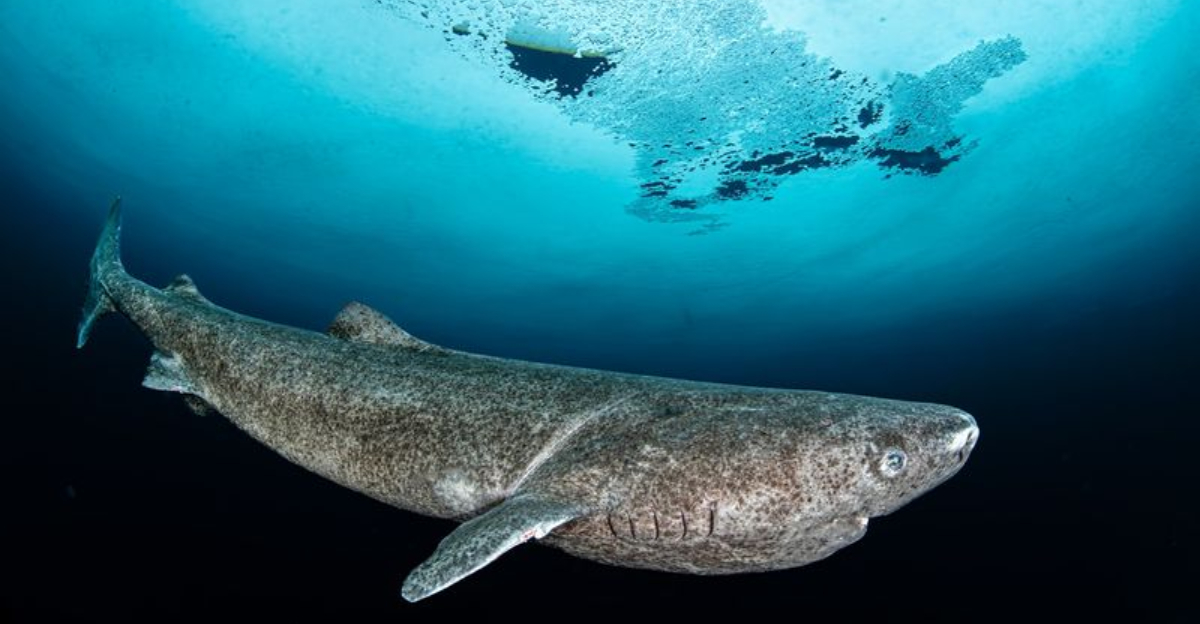
Hidden in the frigid waters of the North Atlantic, the Greenland shark has baffled scientists with its extraordinary lifespan of up to 300 years.
These mysterious creatures silently cruise through dark depths, witnessing centuries of human history while barely aging. Recently, researchers confirmed these sharks as the longest-living vertebrates on Earth, making them more ancient than the United States itself.
1. Ancient Ocean Wanderers
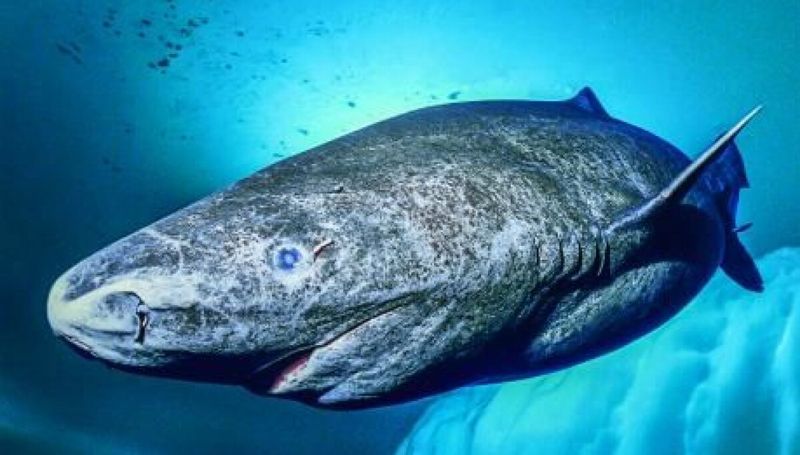
The Greenland shark holds the record as Earth’s longest-living vertebrate, with some individuals born during the 1700s still swimming today. Scientists use radiocarbon dating of eye lens proteins to determine their age.
These remarkable creatures grow extremely slowly, adding less than one centimeter per year. This snail-paced development contributes to their extraordinary longevity, allowing them to reach maturity around 150 years old – when most other animals would have long died of old age.
2. Toxic Flesh Delicacy

Greenland shark meat contains high levels of trimethylamine N-oxide, a compound that becomes poisonous when digested. Consuming fresh meat can cause symptoms similar to extreme drunkenness – staggering, vomiting, and even temporary blindness.
Surprisingly, Icelanders transform this toxic flesh into a delicacy called hákarl through a fascinating fermentation process. The meat is buried underground for months, then hung to dry for several more. The resulting pungent food is considered a national specialty despite its ammonia-like smell.
3. Blindness Doesn’t Stop Them
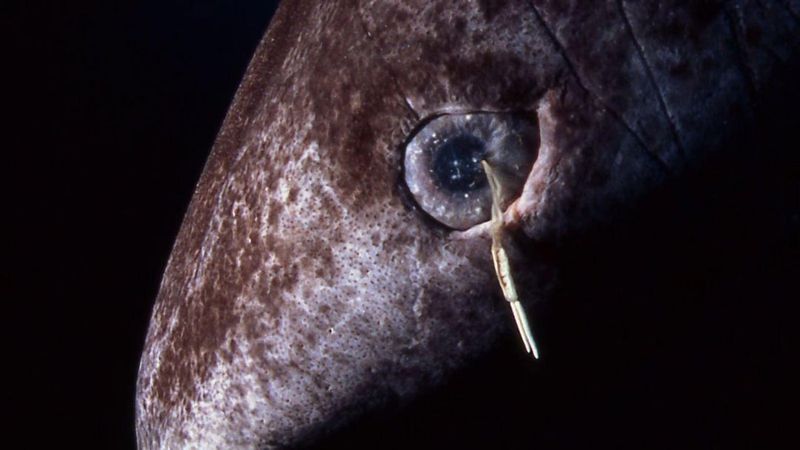
Nearly all Greenland sharks suffer from parasitic copepods that attach to their eyes, eventually causing blindness. These crustaceans, called Ommatakoita elongata, dangle from the shark’s corneas like glowing pendants.
Despite this seemingly devastating handicap, these sharks continue hunting successfully. They rely primarily on their exceptional sense of smell to detect prey in the pitch-black deep ocean. Their blindness might actually be irrelevant since they inhabit depths where little to no light penetrates anyway.
4. Surprise Polar Bear Hunters
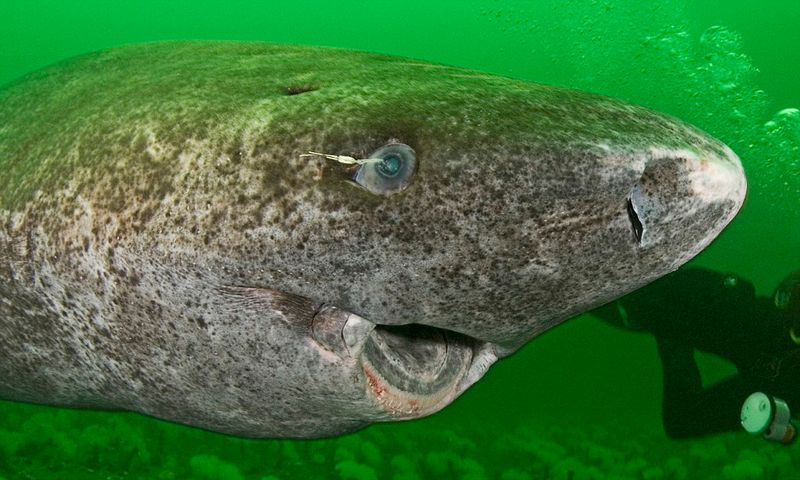
Scientists were stunned when they discovered polar bear remains in Greenland shark stomachs. These seemingly slow predators somehow manage to capture one of the Arctic’s most formidable hunters.
The leading theory suggests the sharks might scavenge polar bear carcasses that fall into the water. However, some researchers believe these crafty predators might actually ambush bears swimming between ice floes. The sharks’ dark coloration makes them nearly invisible from above in the murky arctic waters, giving them a perfect stealth advantage.
5. Moving At Snail’s Pace
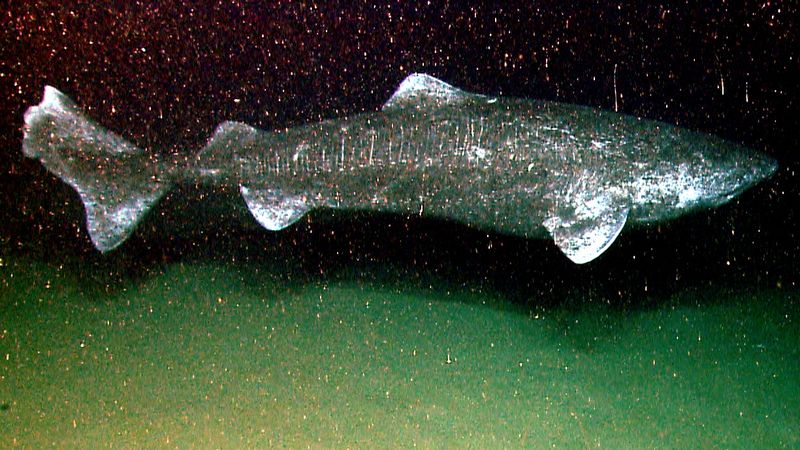
Greenland sharks cruise through frigid waters at a leisurely pace of less than 1 mile per hour, earning them the nickname “sleeper sharks.” Their slow metabolism is a key adaptation to the extreme cold and helps explain their incredible longevity.
Despite their sluggish swimming, these sharks are successful ambush predators. They can accelerate briefly when attacking, surprising seals resting near the water’s surface. Their dark coloration and silent approach make them nearly undetectable until it’s too late for their prey.
6. Prehistoric Size Champions
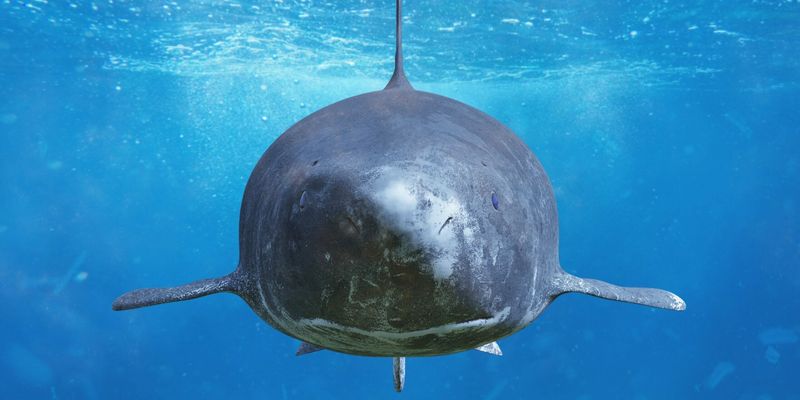
Growing up to 24 feet long and weighing over 2,000 pounds, Greenland sharks rank among the world’s largest predatory fish. Their massive size develops gradually over centuries, with females typically growing larger than males.
These giants possess powerful jaws lined with rows of small, curved teeth designed for slicing through prey. Unlike great whites with their triangle teeth for tearing chunks, Greenland sharks use a different strategy. They can suction feed, violently inhaling prey into their mouths—sometimes swallowing seals whole.
7. Living Through Historical Eras
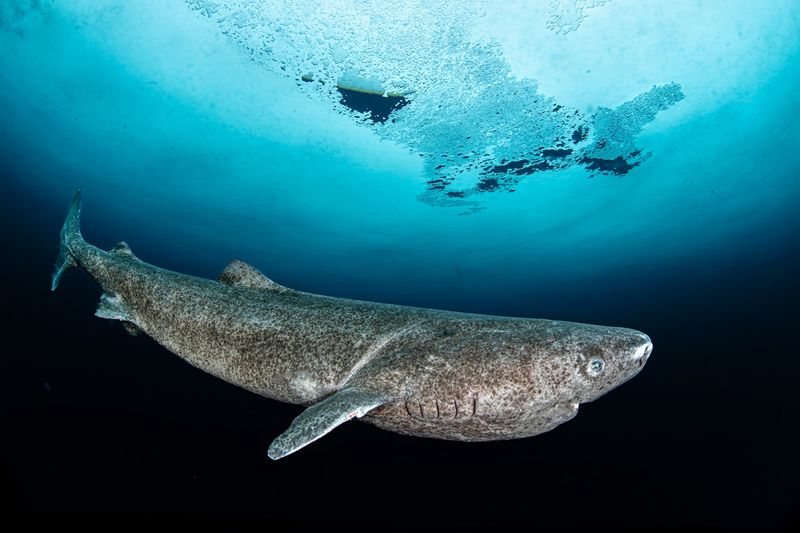
A 400-year-old Greenland shark would have been alive during Shakespeare’s time, when the Mayflower sailed to America, and throughout the entire Industrial Revolution. These ancient creatures have witnessed the rise and fall of empires from their cold, dark realm.
Their remarkable longevity provides scientists with living records of historical ocean conditions.
Chemical signatures in their tissues can reveal changes in sea temperatures, pollution levels, and food web dynamics across centuries. They’re essentially swimming time capsules, preserving oceanic history in their bodies.
8. Masters Of The Abyss
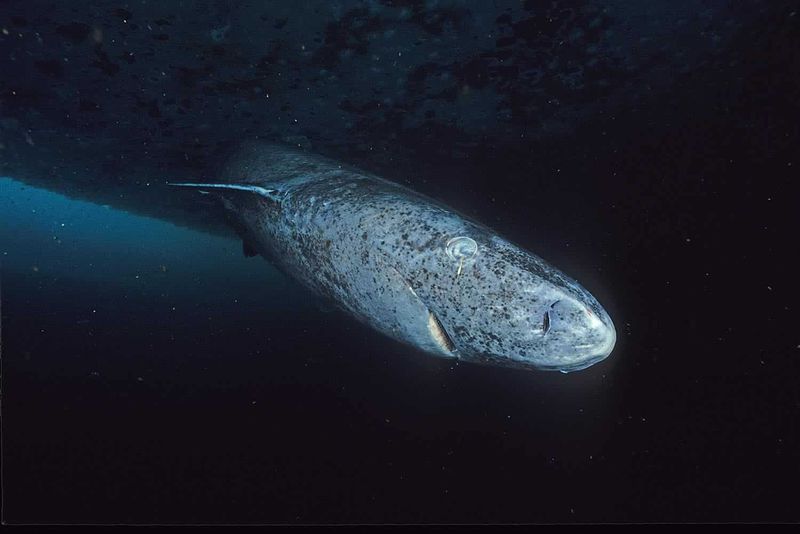
Greenland sharks have been recorded at astonishing depths exceeding 7,200 feet below sea level. At these crushing depths, the pressure would flatten a human lung to the size of an orange.
Their bodies contain high levels of trimethylamine N-oxide (TMAO), which stabilizes proteins against the extreme pressure of the deep sea. This adaptation allows them to move freely between different ocean depths. Some tagged individuals have been observed making vertical migrations of thousands of feet in a single day, crossing through multiple oceanic layers.
9. Unexpected Global Travelers
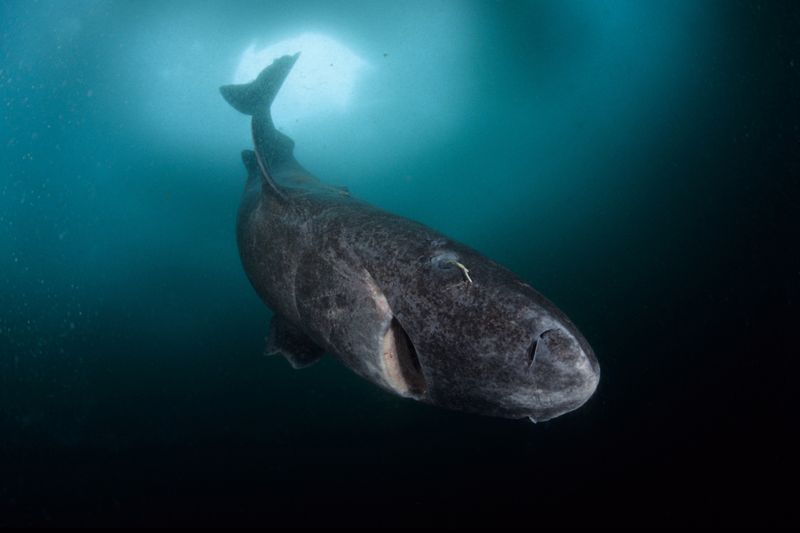
Long thought to inhabit only Arctic waters, Greenland sharks have surprisingly been spotted near the Caribbean and South America. One was even photographed near a submarine volcano off Brazil, thousands of miles from their presumed range.
Scientists believe these sharks follow deep, cold-water currents that flow like underwater rivers through warmer oceans. This unexpected mobility has forced researchers to reconsider their understanding of these creatures.
Their actual population size and distribution might be much greater than previously estimated, potentially inhabiting deep waters worldwide.
10. Bizarre Mating Mysteries
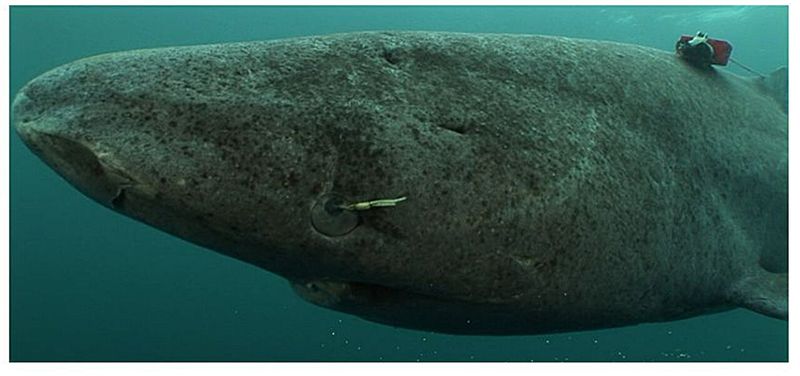
No one has ever witnessed Greenland sharks mating—one of biology’s great unsolved mysteries. With females not reaching sexual maturity until around 150 years old, opportunities for scientific observation are extremely limited.
Researchers have discovered that females can carry up to 10 pups at once, but the gestation period remains unknown. Even more puzzling, scientists found that some female sharks have sperm stored in their bodies from mating events that occurred years earlier.
This delayed fertilization strategy might help ensure successful reproduction in an environment where finding a mate could take decades.
11. Sleeping Shark Myth
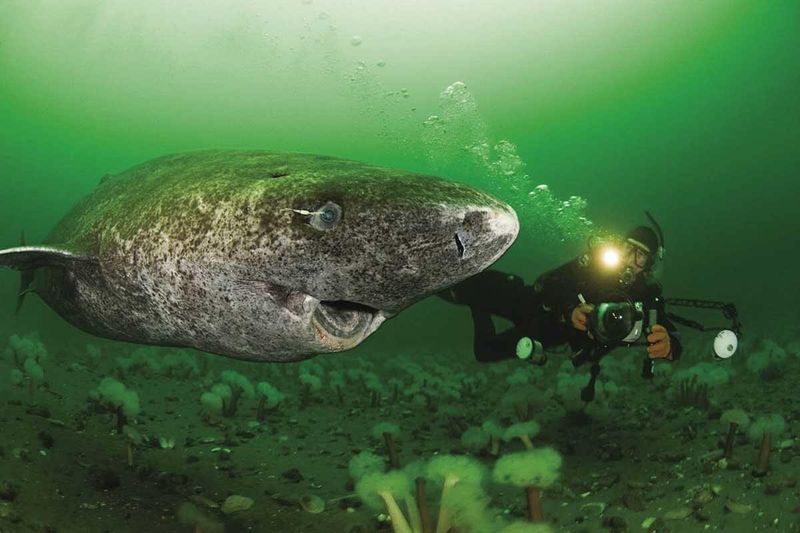
Despite their nickname “sleeper sharks,” Greenland sharks don’t actually sleep like humans do. They remain constantly alert, though their metabolism operates at an extremely slow pace to conserve energy in their frigid environment.
Their brain activity patterns fascinate neuroscientists studying sleep evolution. These sharks exhibit a unique state somewhere between wakefulness and rest. Some researchers believe they might represent an evolutionary stepping stone in the development of sleep patterns.
Their constant swimming is necessary to keep water flowing over their gills, meaning they can never fully stop moving.
12. Natural Time Capsules
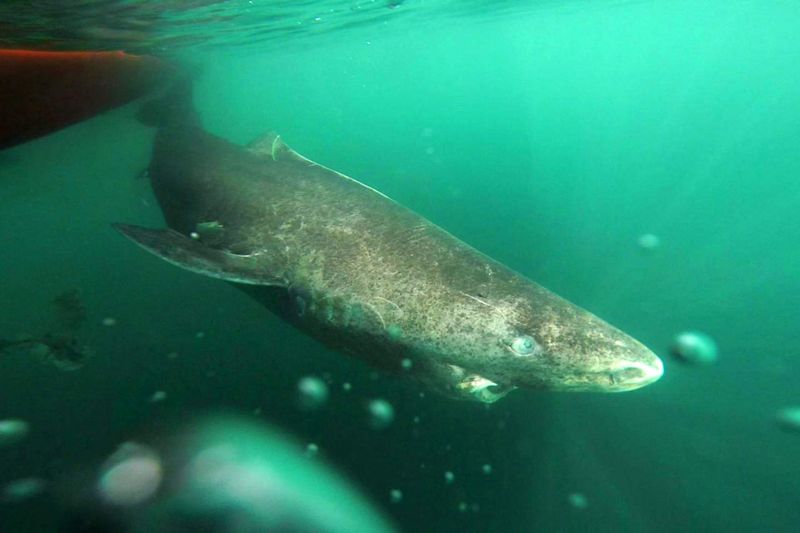
Greenland sharks accumulate chemicals and pollutants in their tissues over centuries, making them valuable indicators of historical ocean contamination. Scientists analyze their flesh to track changes in mercury levels and other toxins across different time periods.
Their eye lenses contain a chronological record of their diet throughout their lives. Each layer reveals what these animals were eating decades or even centuries ago. This information helps researchers understand how ocean food webs have changed over time, especially as human fishing practices have evolved and climate patterns have shifted.
13. Bizarre Spiral Courtship
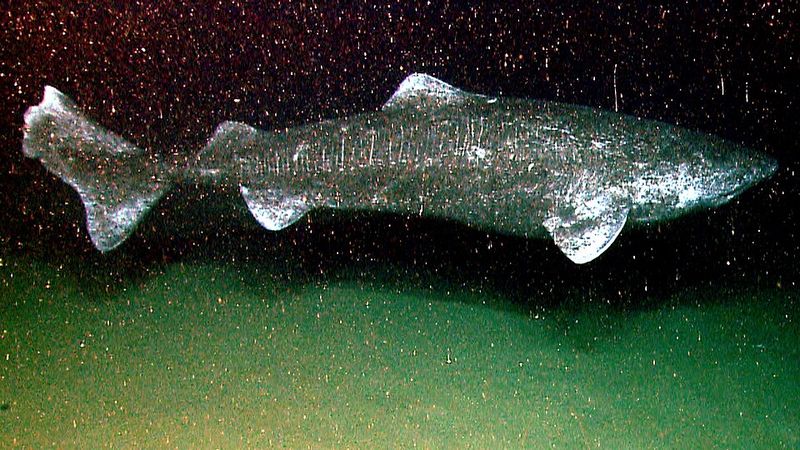
Marine biologists have observed scars on female Greenland sharks suggesting a unique courtship ritual. Males appear to bite and spin around females, creating distinctive spiral markings on their thick skin.
This bizarre mating dance might be an evolutionary adaptation to the pitch-black depths where visual displays would be useless. The spiral pattern of teeth marks could serve as a tactile form of species recognition in the darkness. Some females carry multiple overlapping spiral scars, indicating they’ve participated in several mating events throughout their centuries-long lives.
14. Accidental Time Travelers
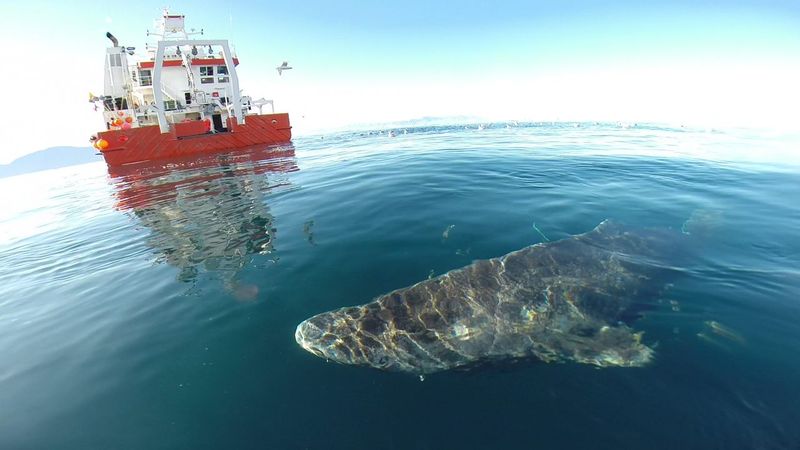
Greenland sharks occasionally become trapped under Arctic ice for years when passages freeze over. Remarkably, their ultra-slow metabolism allows them to survive these extended periods with minimal food.
Their blood contains natural antifreeze compounds that prevent ice crystals from forming in their tissues. Even at temperatures that would freeze most animals solid, these sharks continue functioning. Some individuals have been found with parasites or wounds that appear decades old, suggesting they’ve been trapped in isolated pockets of seawater for extraordinary lengths of time before finding their way back to open ocean.
15. Human Threats To Ancient Survivors
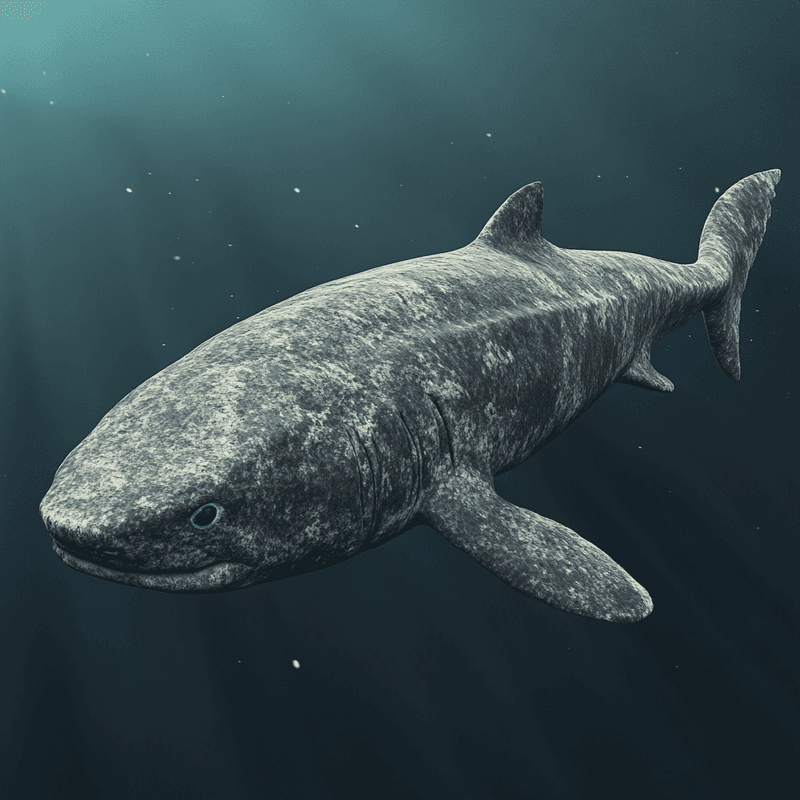
Despite surviving for millions of years, Greenland sharks face modern threats from commercial fishing. Their slow reproduction rate makes population recovery nearly impossible once depleted.
Historically harvested for their liver oil, thousands were killed annually until synthetic alternatives were developed. Today, they’re still accidentally caught in deep-sea trawling nets targeting other species. Climate change presents another challenge, as warming oceans reduce the cold-water habitats these temperature-sensitive creatures require. Conservation efforts now focus on creating protected marine areas in their known habitats.






